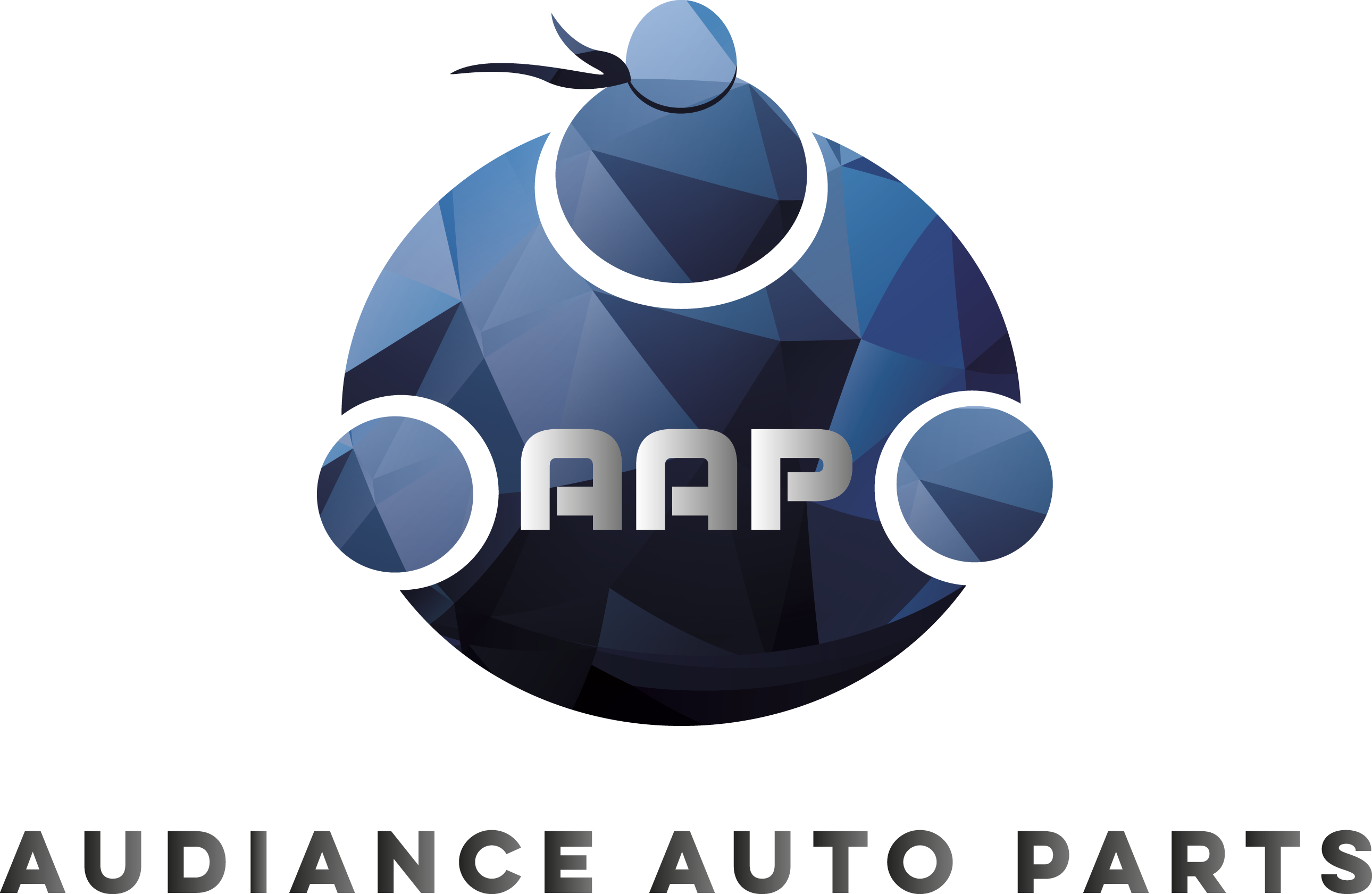Exactly what are headlights? Headlights, or headlamps, are the primary source of forward facing light for your car. The earliest headlights were modified carriage lamps, fueled either by oil or acetylene. Since the late 19th century, headlights have been powered by electricity. Earlier vehicle models and classic cars initially used tungsten-based headlights, but most modern-day headlights are powered either by halogen bulbs, LED bulbs or metal-halide-based bulbs, often referred to as high-intensity discharge headlights or “xenon headlamps” due to the use of xenon gas within the headlight assembly. They are usually powered by the vehicle’s primary rechargeable battery. A few luxury vehicle models feature laser headlamps.
Different Types of Headlights
There are a few different types of headlights. One universal motor vehicle standard is the use of both high beams and low beams.
– High beams shine on a center path and are usually not used when other vehicles are on the road, especially with oncoming traffic.
– Low beams shine at a lower trajectory, which allows them to illuminate the road or path. They are the most commonly used headlights due to the lack of glare for oncoming traffic.
Some vehicles also feature various specialty lights, such as cornering lights or fog lights.
– Cornering lights assist with turning in the dark.
– Fog lights tend to be an optional extra set of lights that increase road visibility during intense fog events, especially at night. Some bulbs for fog lights are designed so the driver can see more down road by using a brighter bulb.
Older vehicles, as well as specific newer models, may feature multi-directional headlights.
– Multi direction headlights mean that the low beams and high beams are housed in one specific bulb assembly, though a large number of modern vehicles feature the beams as separate bulbs in a complex headlight assembly, usually with plexiglass covering the headlight unit.
Modern headlamps come in many varieties including incandescent, halogen, and LED bulbs.
– Traditional incandescent lights illuminate by running an electric current through a tungsten filament. The filament is the wire that runs horizontally across the middle of the bulb, and glows when it is lit. Tungsten can withstand high amounts of heat, allowing it to glow when the electrical current gets the filament as hot as 4,600 degrees Fahrenheit.
– Halogen: While tungsten can reach very high temperatures without catching fire, exposure to high heat can evaporate the filament, causing the bulb to darken as tungsten that has been removed from the filament through evaporation collects on the inside surface of the glass bulb. That’s where halogen comes in. Halogen headlights contain halogen gas that protects the tungsten filament by pressurizing the bulb and enhancing brightness at lower temperatures. Lower temperatures also make halogens glow with a more pleasant shade of light than conventional incandescent bulbs.
When Should You Change Your Headlights?
You may be wondering when you should change your headlights. You will need to replace headlights if:
– The headlight unit failed due to burnout
– There was physical damage from a collision or weather event
– You want to upgrade to a brighter or more reliable bulb type
In multi-bulb headlight assemblies, low beam bulbs are almost always replaced sooner than high beam bulbs, due to the frequency of use. In rare instances, the assembly may have a non-bulb issue with wiring, but most maintenance with these units revolve around replacement bulbs. Additionally, people who choose to use daytime running lights (or those who simply do not turn daytime running lights off) may find that low beams need to be replaced with more frequency than vehicles that only use low beams in night time and other low light conditions.
Thankfully, both high beam headlights and low beam headlights can usually be replaced outside of a professional service center, and usually at a very budget friendly price point. Access to the headlight assembly varies between different vehicle models. Most owner’s manuals feature instructions on replacing headlights, and video assistance can usually be found easily online.
What Headlights Do I Need?
Audiance Auto Parts makes finding the right parts easy. If you’re wondering, “What headlight bulbs do I need?” just enter your vehicle’s year, make, model, and engine up above, and we’ll find the parts that fit your vehicle. We also have a Sylvania bulb guide explaining the tech that sets their bulbs apart. Whether you’re looking for halogen bulbs or LED lights, low beams, or super-bright high beam lights, Audiance Auto Parts has what you need to see clearly.
Check out our headlight DIY articles:
Whatever kind of bulbs you are looking for, Audiance Auto Parts has what you need to switch out your headlights. From Ford F-150 headlights to bulbs for a Honda Accord, Audiance Auto Parts has parts for virtually every major make and model. No matter what you drive, Audiance Auto Parts is a one stop shop for all your lighting needs.

